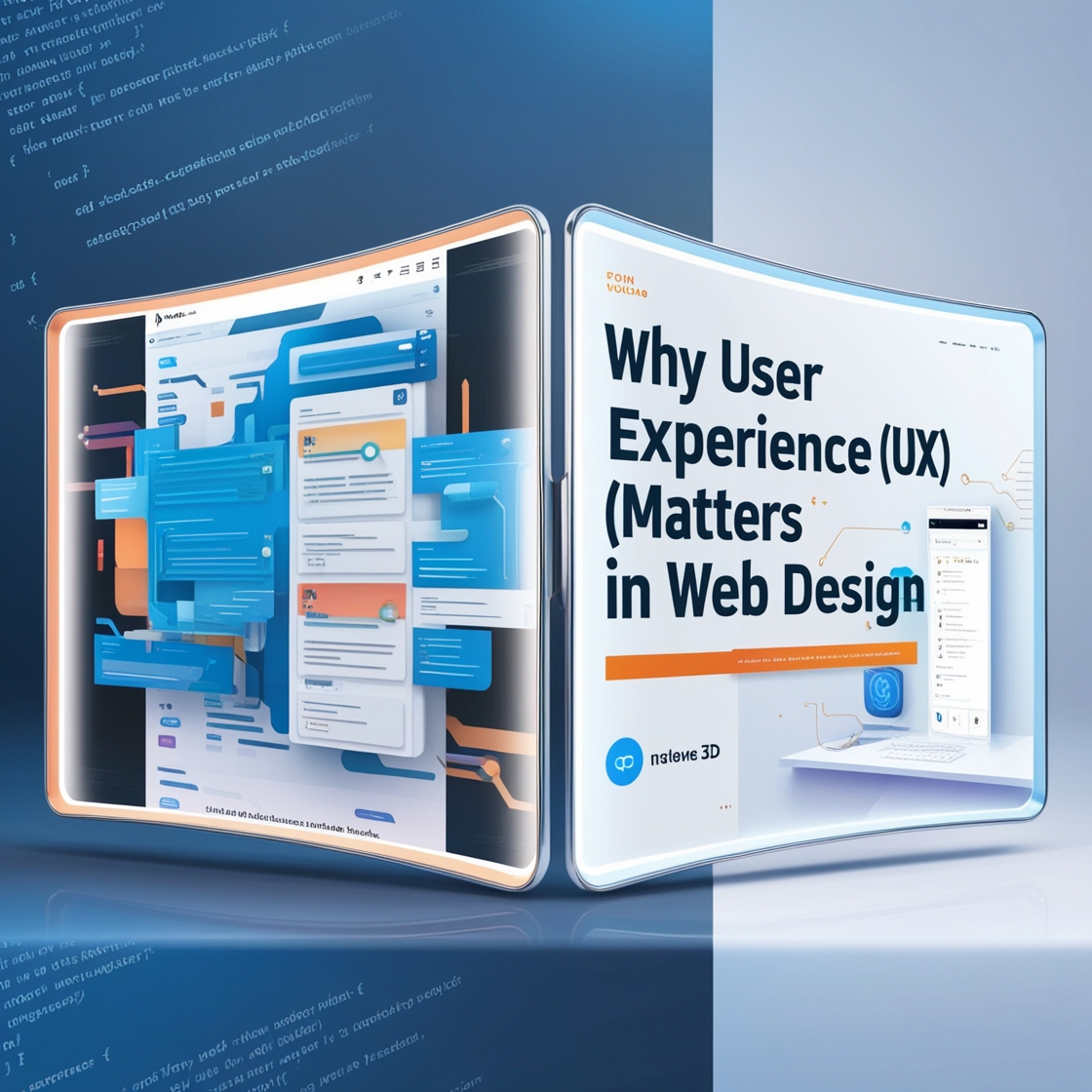
Table of Contents
ToggleThe Hidden Power of User Experience: Why It Matters in Web Design and How It Can Transform Your Site!
Introduction
In an increasingly crowded digital landscape, where attention spans are fleeting and competition is fierce, user experience (UX) has become the linchpin of effective web design. Imagine visiting a website that not only meets your needs but also delights you with its simplicity, speed, and intuitive navigation. Does that sound appealing? This article will dive into the hidden power of user experience, illustrating why it matters so much in web design and how it can transform your site from mundane to memorable.
The Essence of User Experience in Web Design
User experience is not just a buzzword tossed around by designers and developers — it is a comprehensive concept that influences how users interact with your website. At its core, UX encompasses every aspect of a user’s interaction with your site, from initial impressions and navigation to content engagement and beyond. Let’s explore the fundamental components of UX in web design.
Understanding User Needs
A vital step in creating a stellar user experience is understanding your audience’s needs and expectations. Conducting thorough research can help you design with your target users in mind. Here are a few methods to gather insights:
- Surveys: Create simple questionnaires to ask your audience what they value in web usability.
- User Interviews: Speaking directly with users can uncover pain points and desires you may not initially consider.
- Analytics: Tools like Google Analytics can reveal patterns in user behavior, allowing for informed design decisions.
“Great user experience begins with understanding your audience and designing for their needs.”
The Role of Intuitive Design
Once you know your users, the next step is to create an intuitive design that simplifies their journey. Intuitive design helps users effortlessly navigate your website, leading to increased engagement and conversion rates.
Key Principles of Intuitive Design
- Consistency: Using similar colors, fonts, and layouts throughout your site fosters familiarity, making it easier for users to interact with your content.
- Clarity: Eliminate clutter. A clean interface with straightforward navigation drives the user’s focus where it is needed.
- Feedback: Immediate responses when actions are taken (like submitting a form or clicking a button) inform users that their actions have been received.
Maintaining an intuitive design could mean the difference between a user staying on your site and bouncing to a competitor’s page.
The Impact of Speed on User Experience
In a world driven by instant gratification, the speed at which your website loads greatly impacts user experience.
Why Speed Matters
Research by Google found that 53% of mobile users abandon sites that take longer than three seconds to load. Here are a few strategies to enhance site speed:
- Optimize Images: Compress images without compromising quality to minimize load times.
- Minimize HTTP Requests:*Keep the number of elements on each page low to reduce the number of server requests.
- Use Content Delivery Networks (CDN): CDNs store copies of your site on various servers around the world, reducing data travel time.
A fast-loading website retains users, encouraging them to explore and convert.
Creating an Emotional Connection Through Design
Design should not just be functional; it should evoke an emotional connection. This deeper engagement can significantly enhance the user experience.
How to Foster Emotional Engagement
- Storytelling:Share your brand’s story or customer testimonials to create relatability and trust.
- Visual Appeal:Use bright, compelling visuals that align with your brand’s narrative while also being consistent with your overall design.
- Personalization: Tailor the user’s experience based on their preferences and history. For instance, recommending products based on past purchases encourages deeper engagement
“When users feel a connection, they are more likely to return and advocate for your brand.”
The Future of User Experience in Web Design
As technology continues to evolve, user experience will likely undergo significant changes that influence web design trends.
Emerging Trends
- Voice Search Optimization:With the rise of smart speakers, optimizing your site for voice queries can enhance accessibility and user engagement.
- Augmented Reality (AR) Interfaces:* More retailers are integrating AR experiences that allow users to visualize products in their environment.
- Inclusive Design:Designing for all users, including those with disabilities, is not only ethical but also expands your potential audience.
Staying ahead of these trends can position your website as a leader in user experience.
Conclusion
In conclusion, user experience has profoundly transformative power in web design, guiding not only how users interact with your site but also how they perceive your brand. By understanding and prioritizing the needs of your users, emphasizing intuitive design, boosting site speed, fostering connections through emotional engagement, and keeping an eye on emerging trends, you can elevate your website’s experience and ensure it stands out in the crowded digital marketplace.